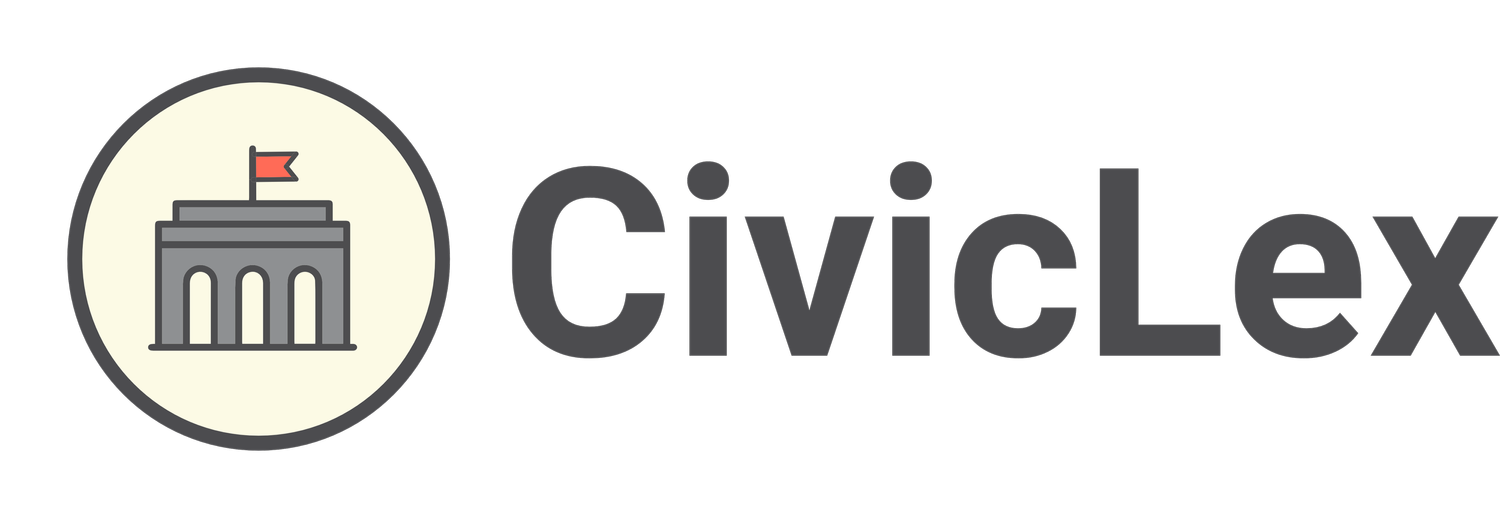Council will discuss Fund Balance proposals
On Tuesday, October 29th at 10am, Council will hold a Committee of the Whole Meeting to decide how to spend the City’s Fund Balance money.
Fund Balance refers to leftover money from the previous Fiscal Year’s Budget that hasn’t been spent. The last Fiscal Year’s budget ended on June 30th, 2024. While most of the Fund Balance comes from planned or committed expenses that haven’t occurred yet, there are sometimes positive Fund Balances that come from the City receiving more revenue or spending less than they had planned to.
Because the overwhelming majority of the Fund Balance every year has already been committed to different uses through the typical budgeting process, the Council usually has little control over how to spend it in Fund Balance discussions. This is true this year.
The total Fund Balance is roughly $213.5 million. Of that, $193.05 million is already committed or non-spendable.
Examples of commitments include a $43 million allocation to the Economic Contingency Fund; $8 million to the Health Insurance Reserve; and $84 million to various Capital Projects.
This year, there is a $20.443 million unassigned Fund Balance, meaning these funds haven’t been committed to a specific purpose. Council can choose how to spend or save these funds based on their priorities. Generally, unassigned Fund Balance funds are more flexible than traditional budgeted funds, but their unpredictability year-by-year means they are typically used for one-time expenses.
Both the Mayor and individual Councilmembers have made recommendations for how to allocate these funds.
The Mayor’s administration has recommended $14.577 million in projects to fund with unassigned Fund Balance:
$10 million to a Government Center Capital Fund
$1.5 million to Council Capital Funds, giving each Councilmember $100,000 to allocate to projects in Lexington
$1.110 million for an end-of-year bonus to LFUCG employees
$750k to develop an Infrastructure Funding Plan to outline how the City will pay for infrastructure in the recommended Urban Service Boundary expansion areas
$647k for additional paving for Cardinal Run North Park
$300k for a Downtown Master Plan
$225k for building renovations to NAMI
$45k to pay for a Lexington Philharmonic Concert for the 250Lex celebration next year
Individual Councilmembers have made 27 project requests for the unassigned Fund Balance. The total of all of those recommendations comes out to $33.062 million. We won’t list all of the Council recommendations here, but some noteworthy requests improve:
$12 million to pay for road paving (District 10 Councilmember Dave Sevigny)
$1 million for a partnership with Undue Medical Debt to forgive medical debt of Lexington residents (Vice Mayor Dan Wu)
$500k to further fund housing assistance programs (District 2 Councilmember Shayla Lynch)
$9 million to implement recommendations from EHI’s homeless shelter feasibility study, which should be completed in Spring 2026 (District 1 Councilmember Tayna Fogle)
$400k for a second phase of the ADA Transition Plan, which would outline ways that Lexington can make infrastructure more accessible (District 5 Councilmember Liz Sheehan)
The costs of the Mayor’s recommendations and all Councilmember’s recommendations total $47.64 million, well over double what’s available to spend. In this meeting, Council will begin discussion on which of these projects will receive investment.
You can view the presentation slides for this discussion on page 38 of this packet, with Councilmember recommendations beginning on page 50.
The Budget Committee of the Whole Meeting will be held on Tuesday, October 29th at 10am in Council Chambers. You can attend in-person or watch live on LexTV.
